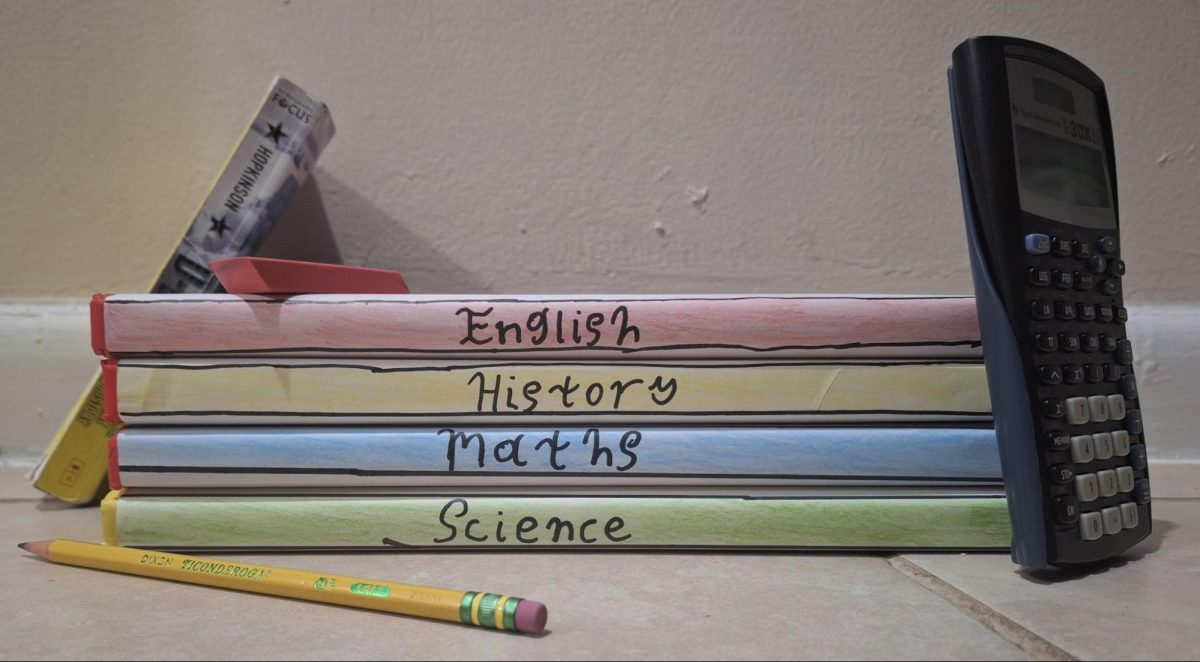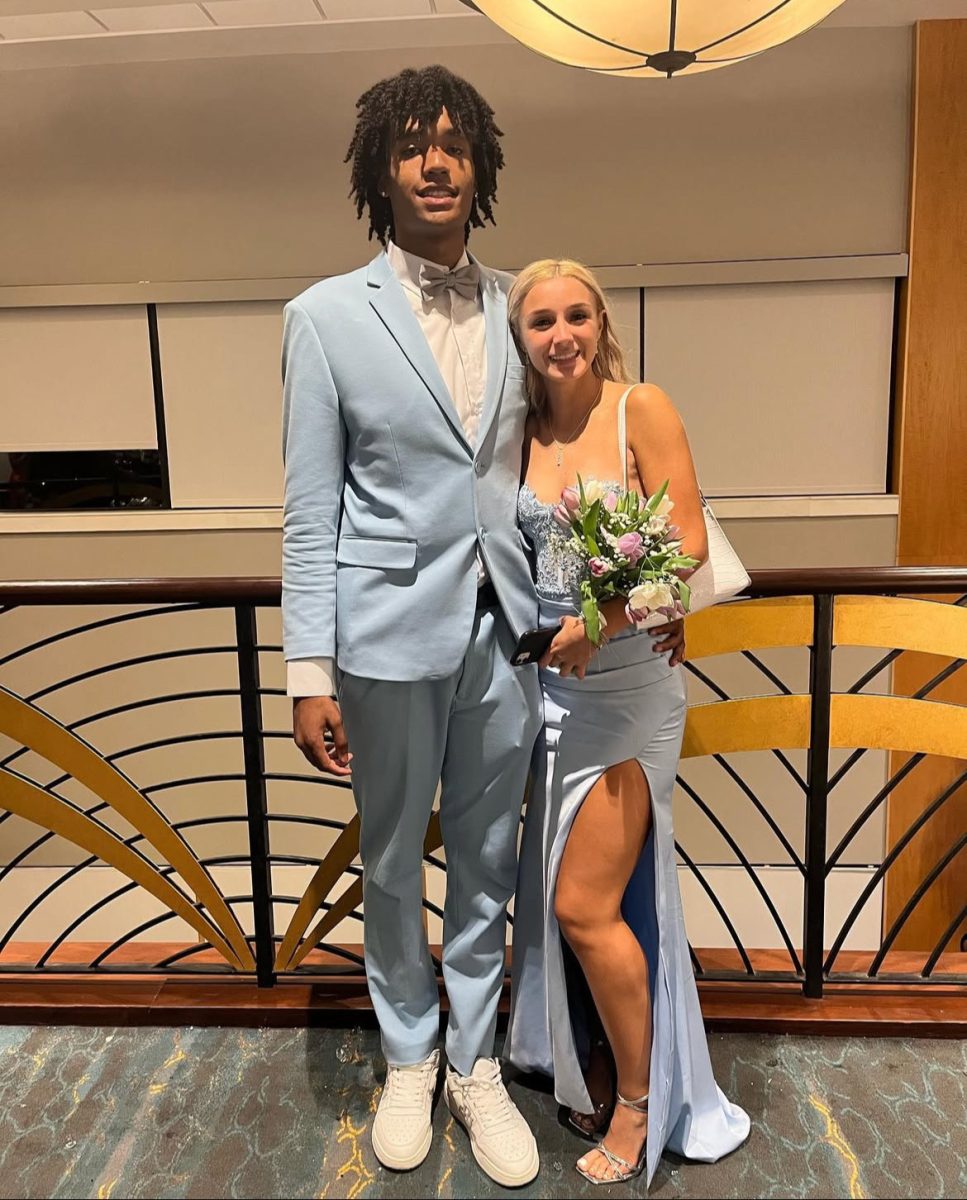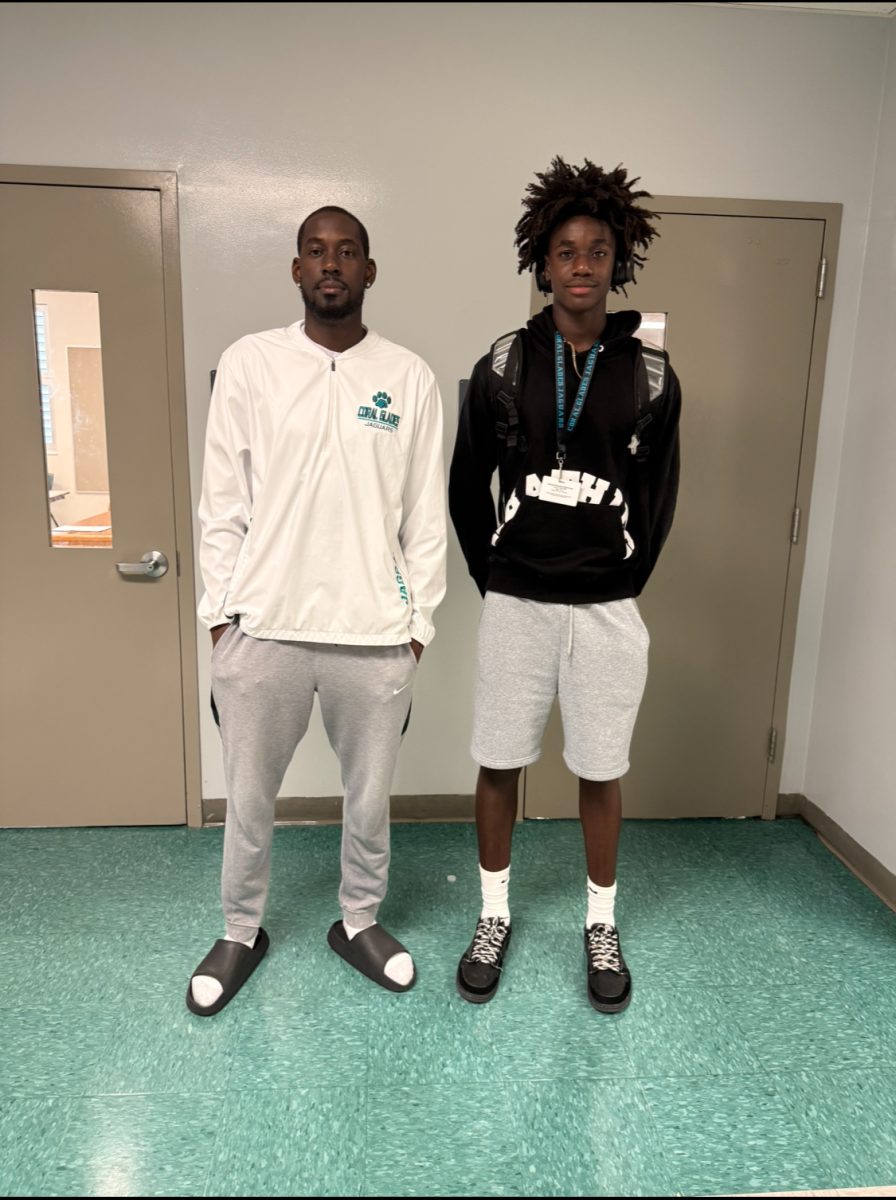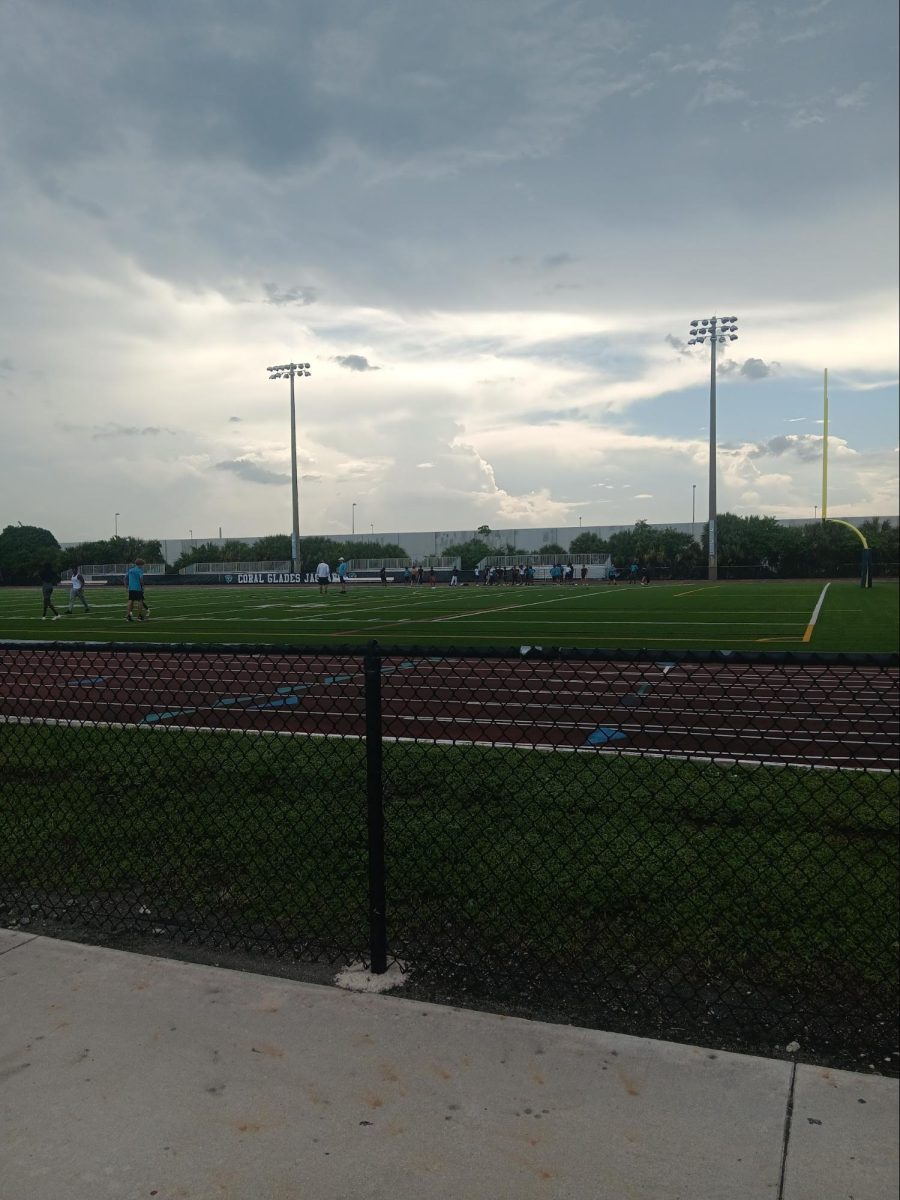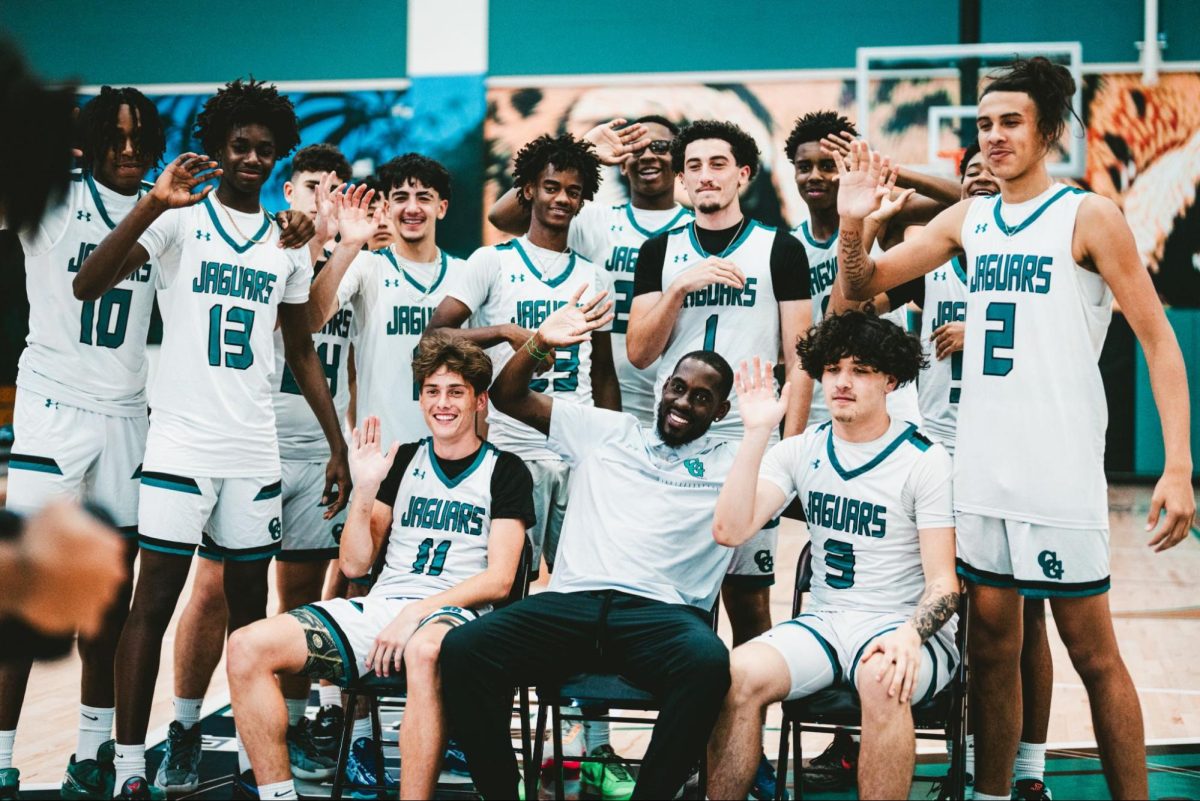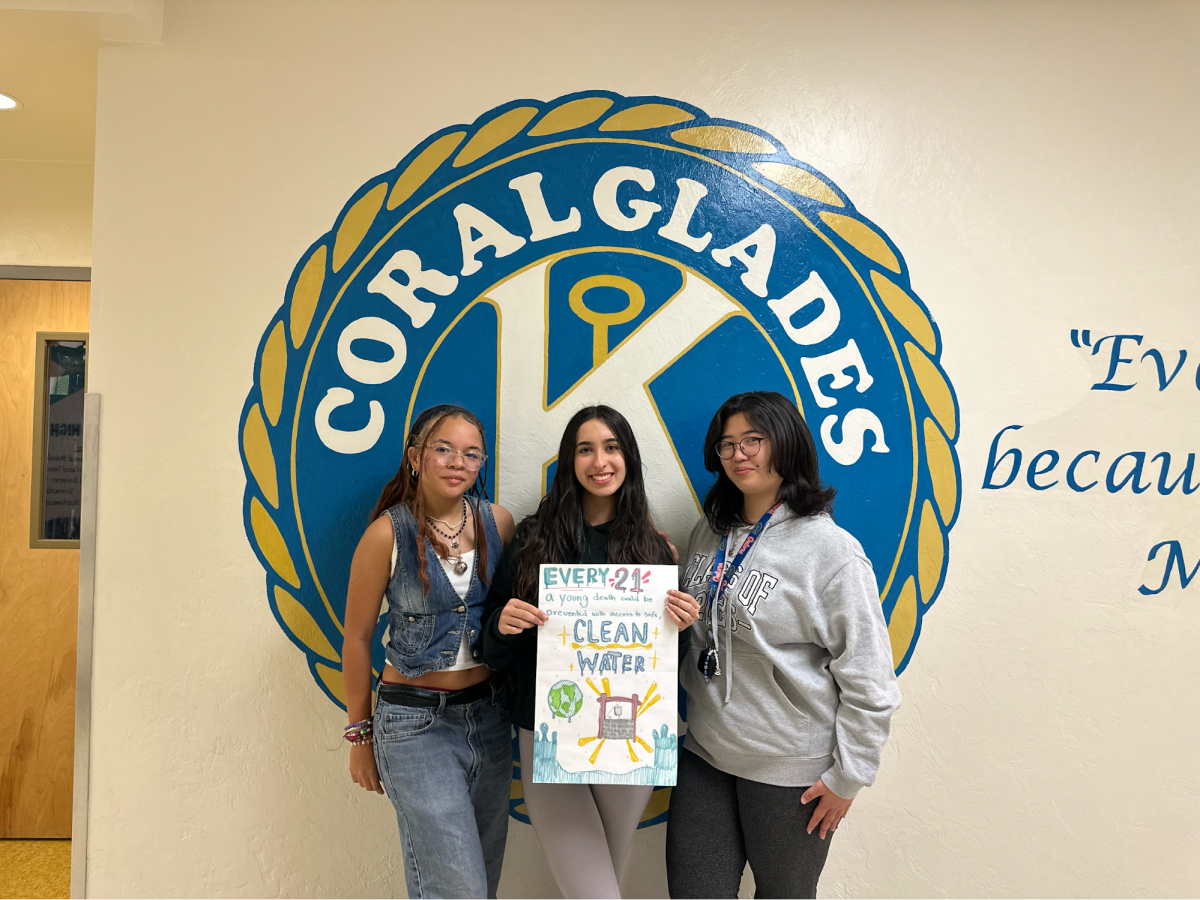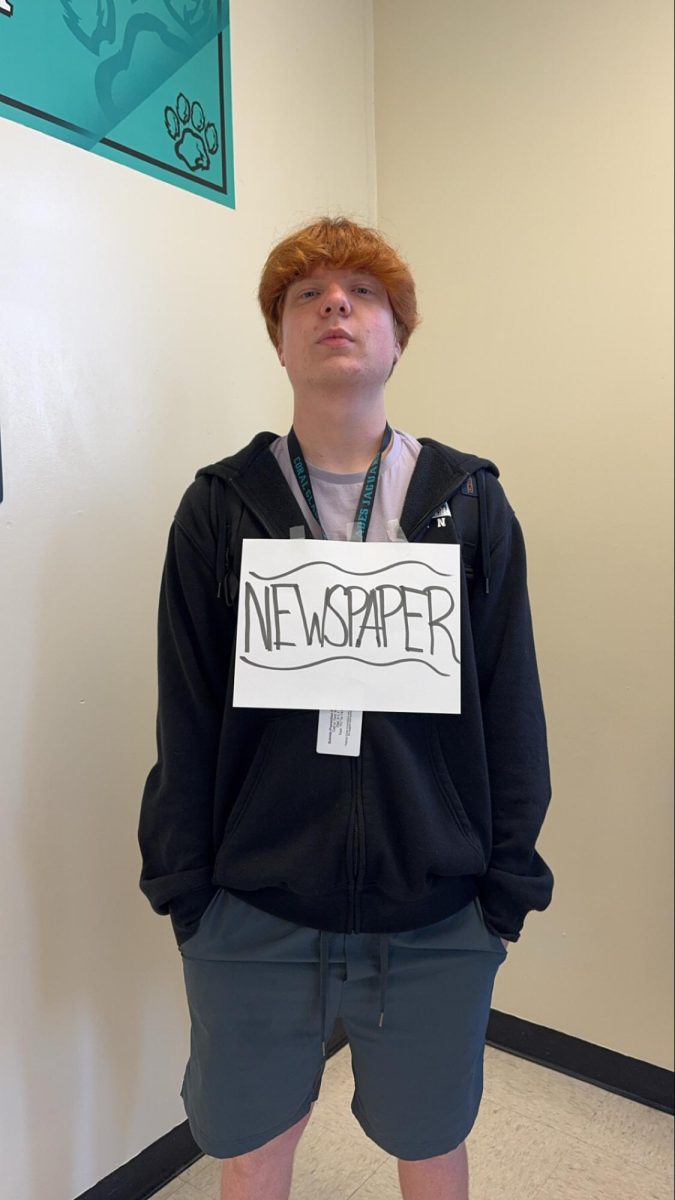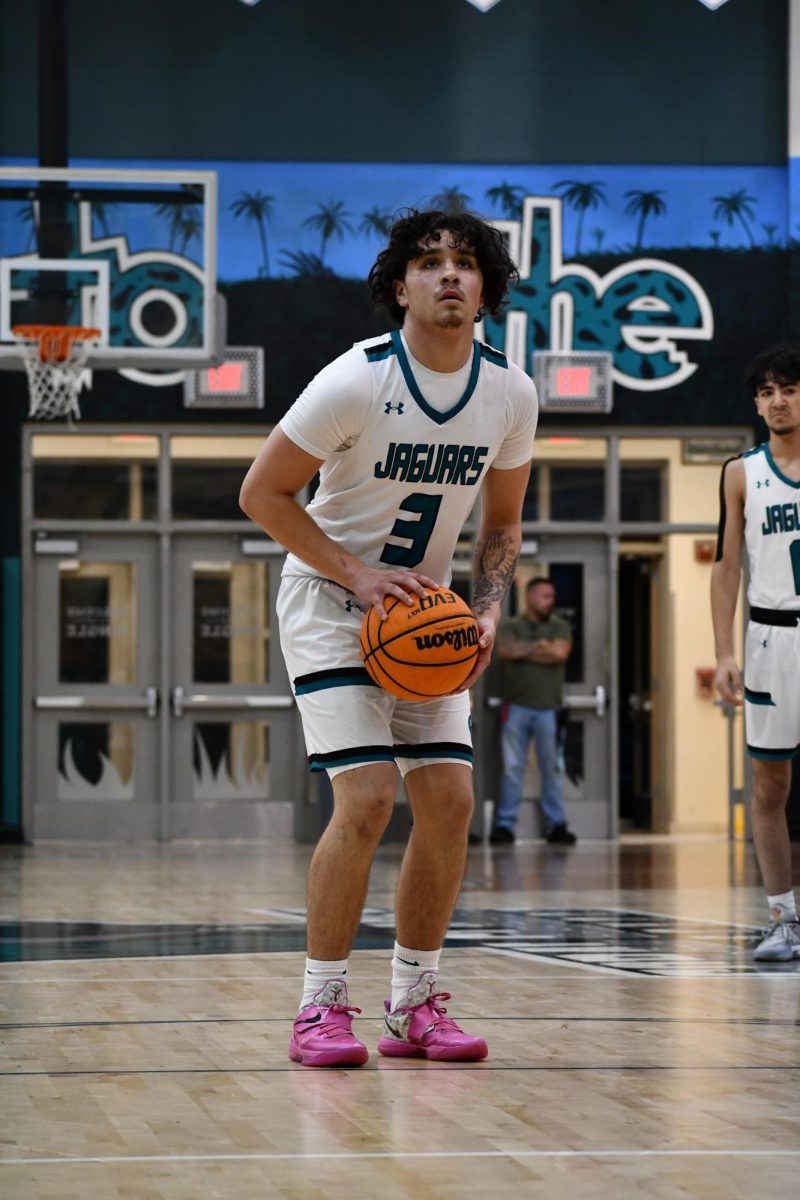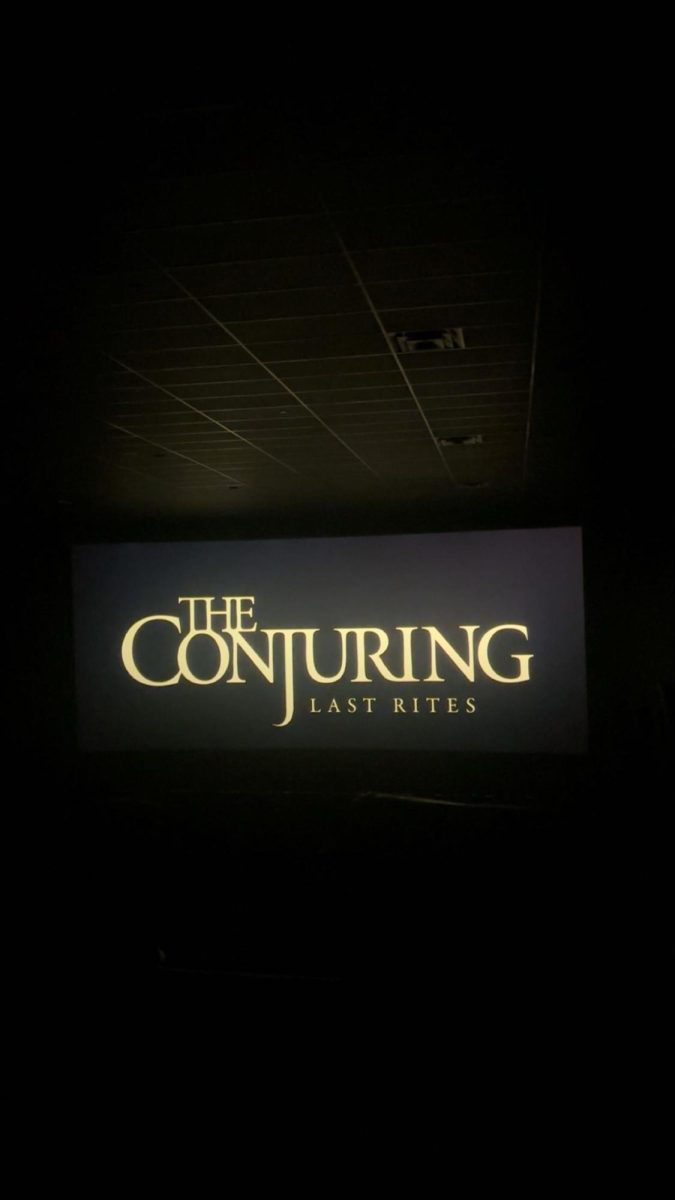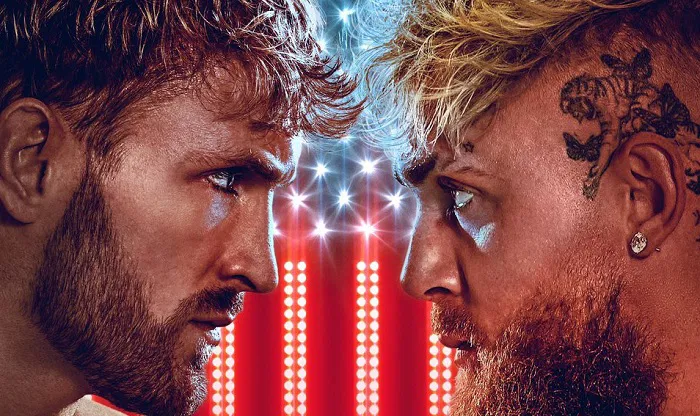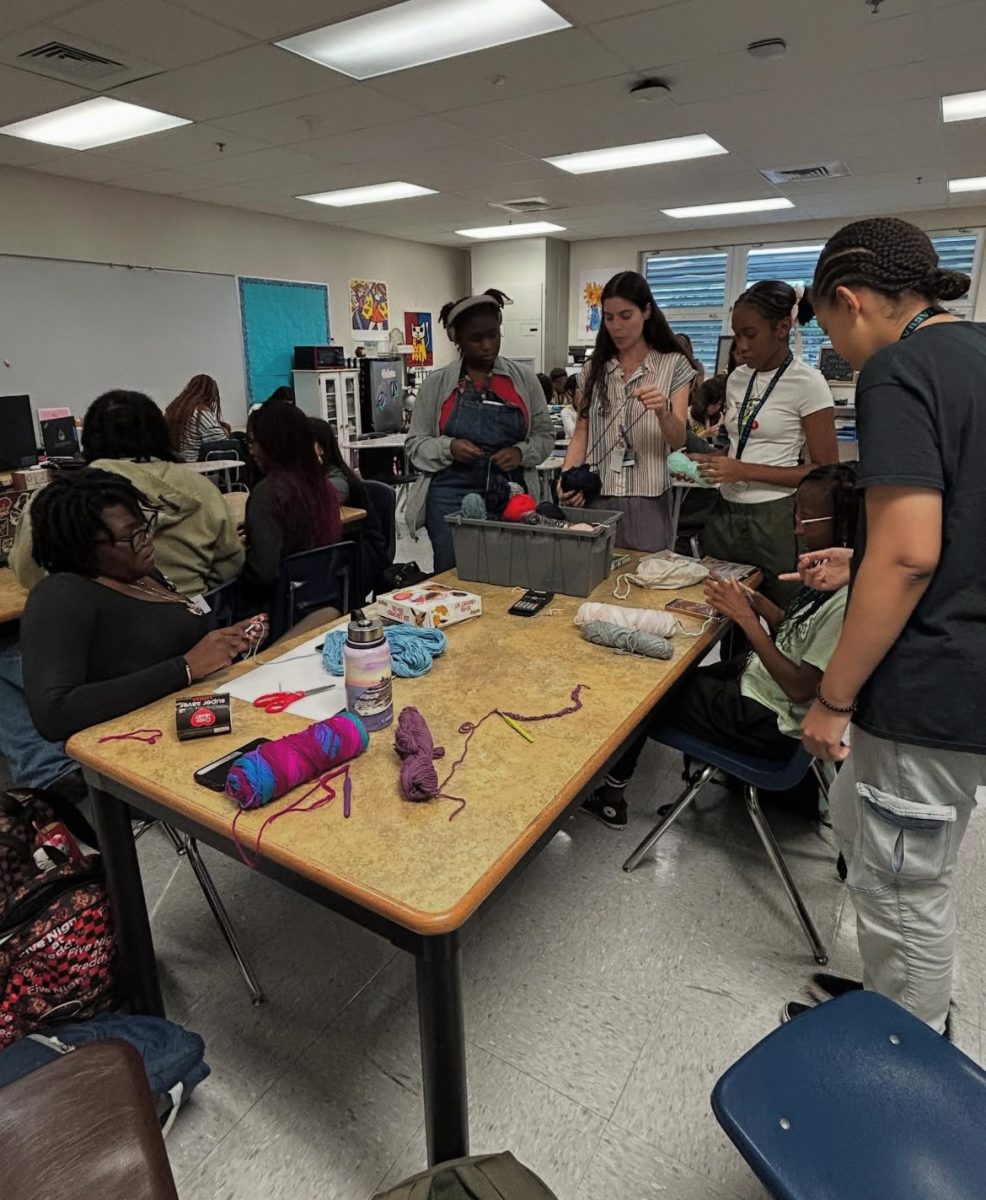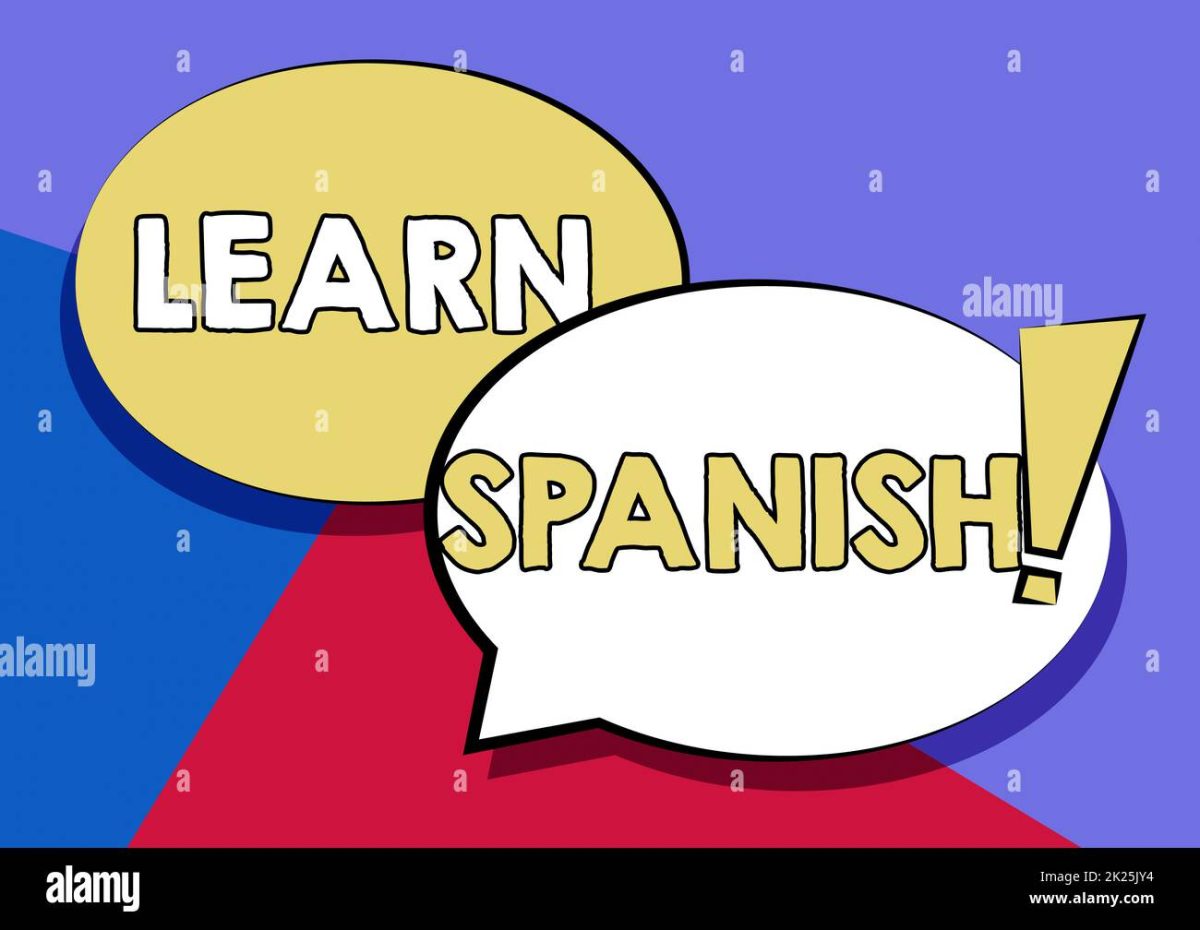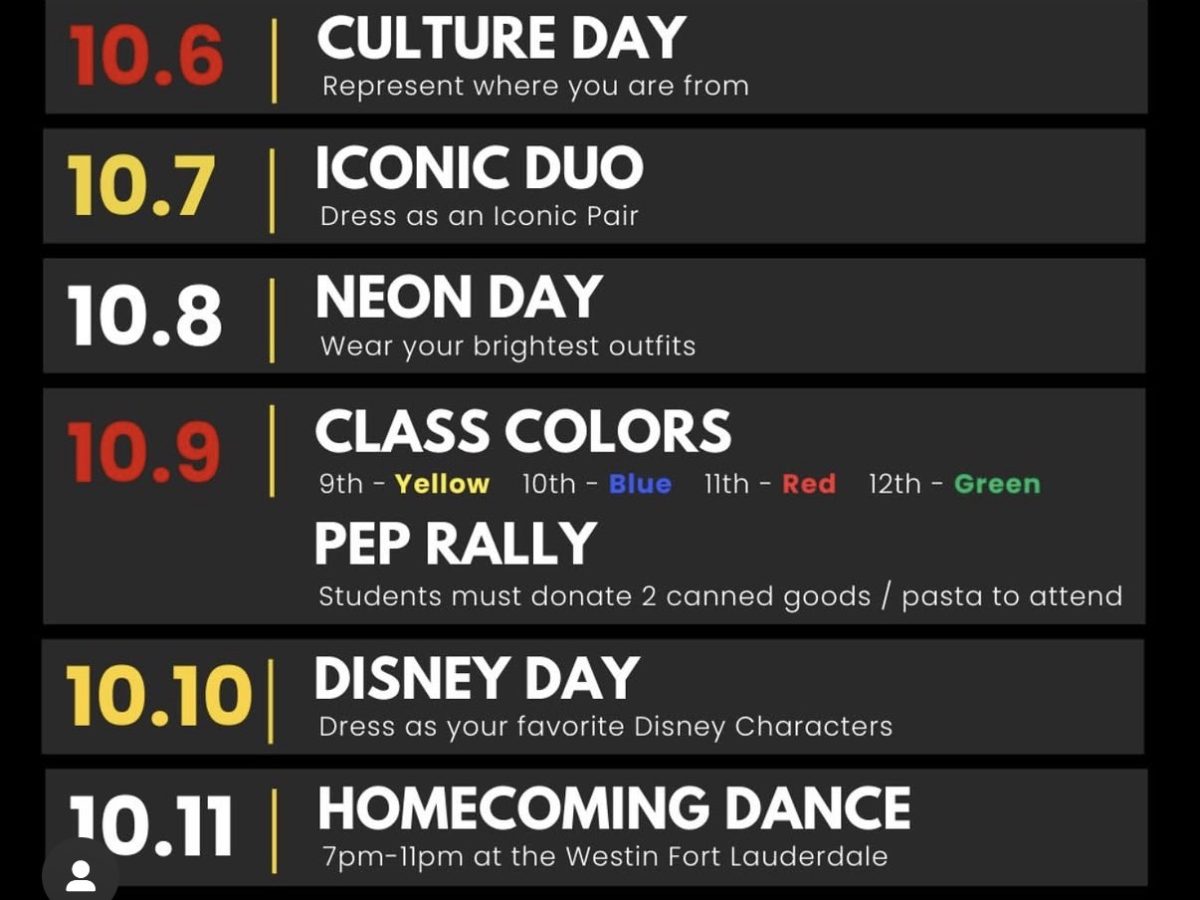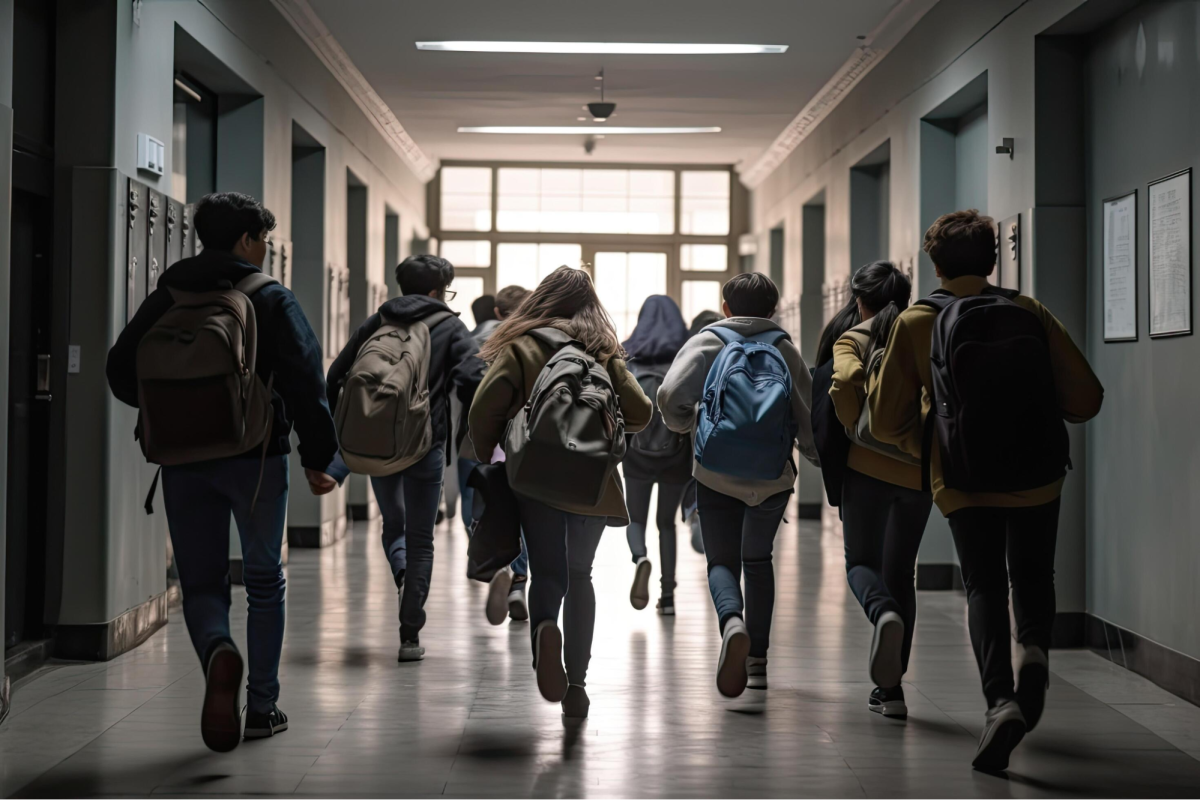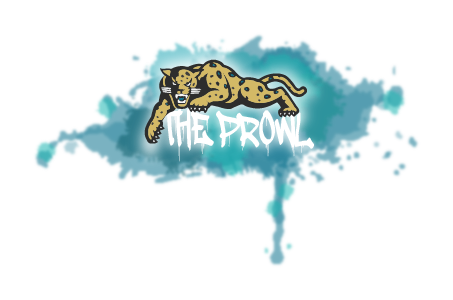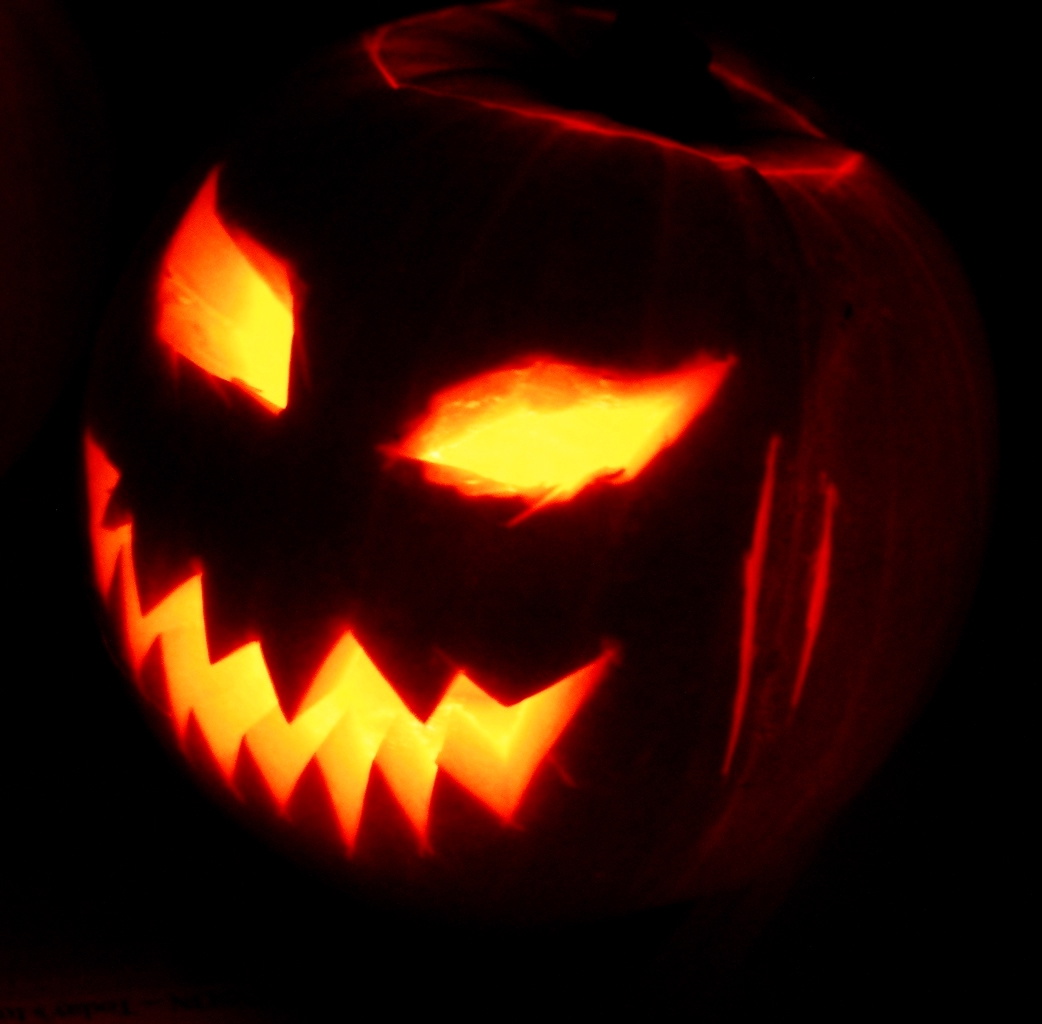Halloween, dating back to October 31st, is a lot of traditional practices that have grown with the particular ancient and cultural evolution of the holiday. It first came from the Celtic festival of Samhain, the switch from harvest to winter, when the veil separating the world of the living from those spirits of the dead was at its thinnest. The Celts would light fires and conduct proper rites in honor of ancestors and to keep away the spirits that roamed about. “Shadows of a thousand years rise again unseen. Voices whisper in the trees, ‘Tonight is Halloween!'” –Dexter Kozen
It was during this time that one of the most iconic Halloween symbols, the jack-o’-lantern, was born. Originally carved out of turnips, Irish immigrants found it far easier and in greater abundance to use pumpkins upon arriving in America. The practice of placing these sorts of lanterns upon doorsteps was meant to light the way for returning spirits and to fend off evil entities. The tradition of carving the pumpkin is rooted in an Irish myth about a stingy Jack who tricked the Devil and was handed over to wander in darkness with only his carved turnip for light. When Irish immigrants came to America, it turned out that pumpkins were more suitable for carving.
Trick-or-treating, as it is known in modern Halloween, was originally based on medieval customs of going around the town and asking for food in exchange for prayers for the dead. It developed into costumed children going door-to-door seeking out treats, embodying the holiday’s feeling of giving but also the playful nature of the day. “Where there is no imagination there is no horror.” – Arthur Conan Doyle.
Of course, one of the major Halloween traditions involves costumes. Originally, people didn’t put on disguises to confuse or appease wandering spirits. Nowadays, costumes range from spooky to whimsical and are fun with all the creativity one is able to have in order to be anyone else for the night.
Halloween has also changed into a time of community and celebration. Neighborhoods glow with decorations, parties, and haunted houses, which can make a community feel more connected in a way.
In conclusion, Halloween is an important part of history and tradition that has been changed through the ages. From its ancient Celtic origin in the festival of Samhain to its present-day modern celebrations filled with wearing costumes and trick-or-treating the holiday itself is combined in many ways.
This is where it shows the obsession that humanity has with supernatural beings and life and death cycle, making an event in which different groups unite together in feasting. And as it continuously evolves, Halloween also keeps on being one of those holidays that pushes creativity and fun in people’s lives, no matter how old or young they are.
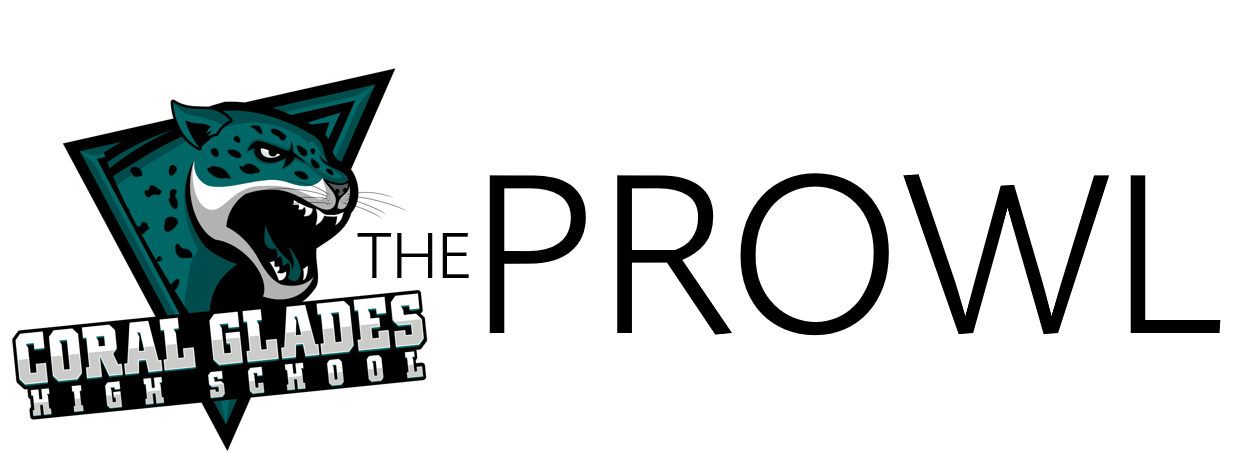
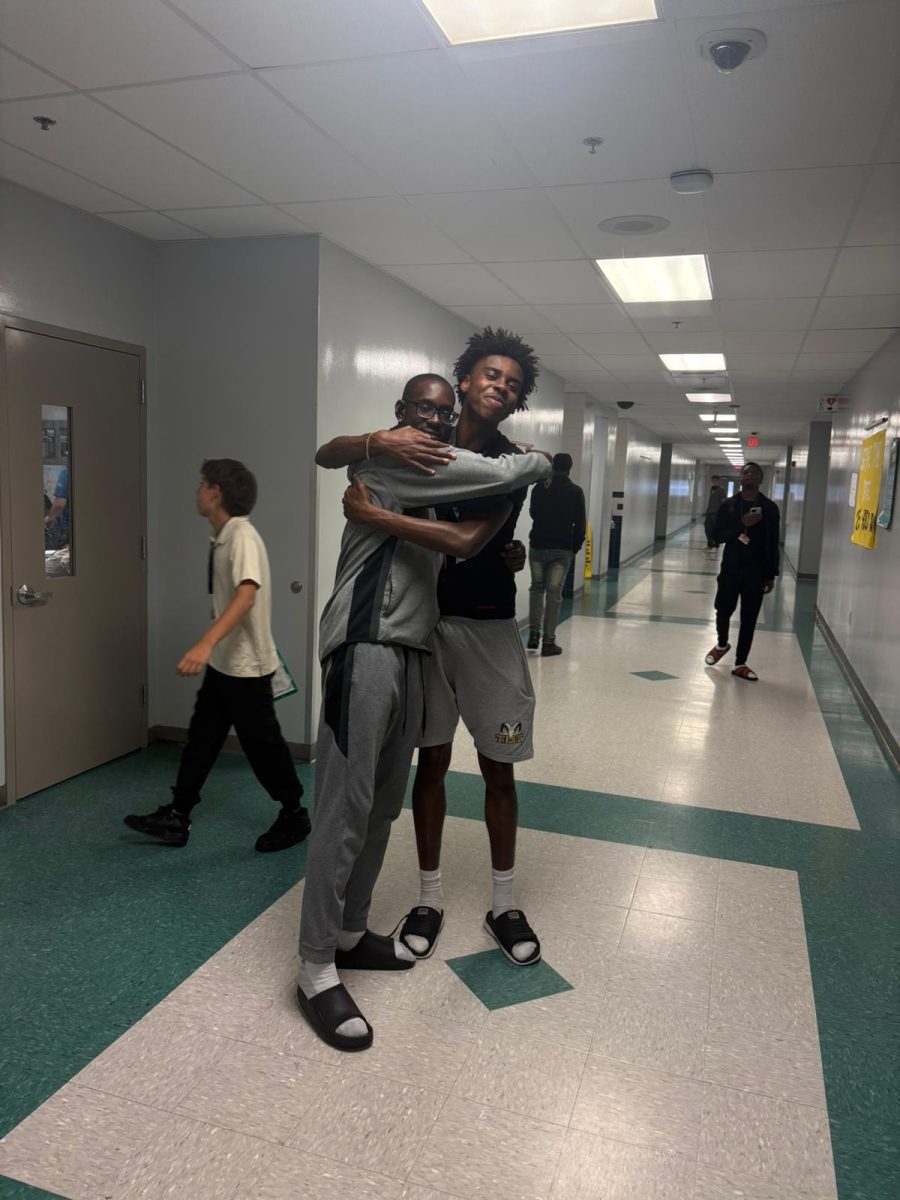


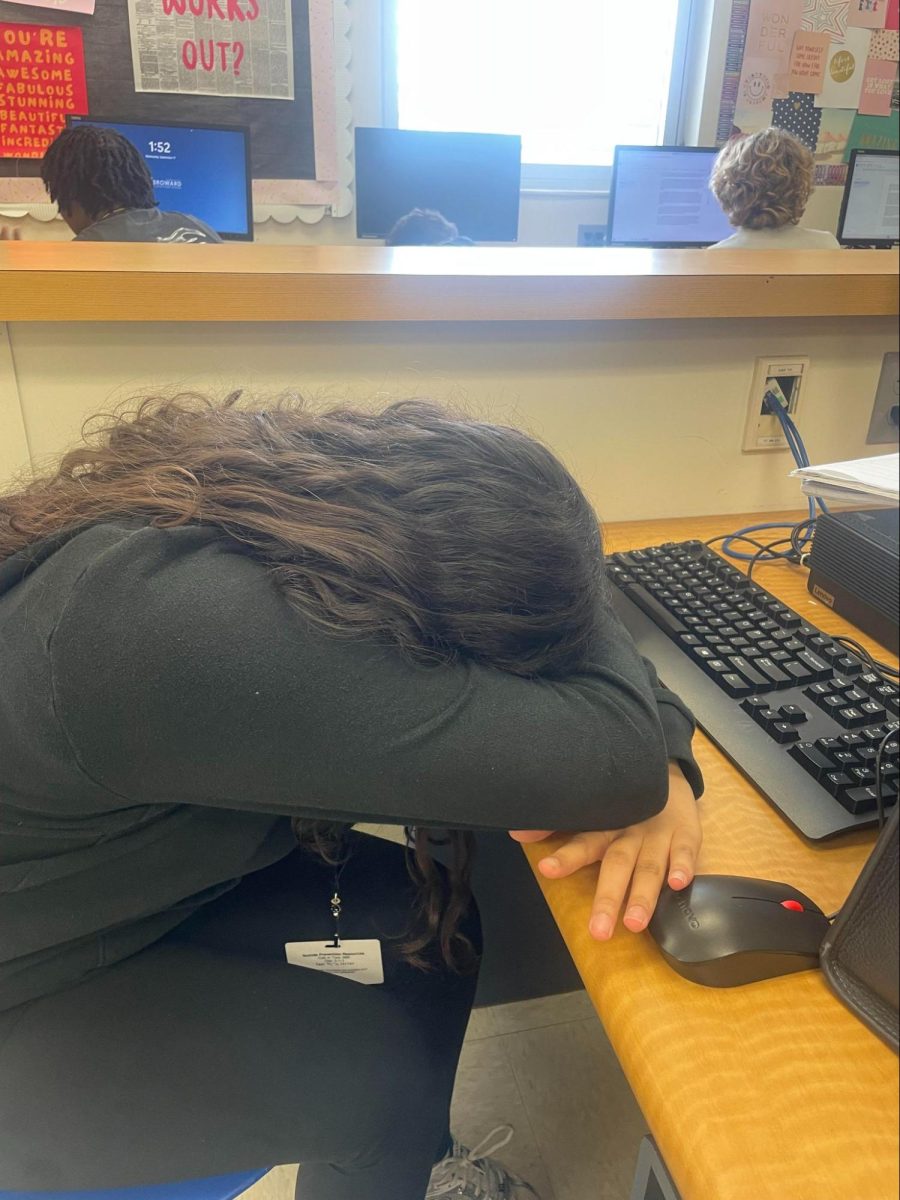


![[Photograph of an Italian sandwich] Photo Creds: https://www.thepioneerwoman.com/food-cooking/recipes/a42398453/italian-sandwich-recipe/](https://cghstheprowl.com/wp-content/uploads/2025/10/image1.png)








